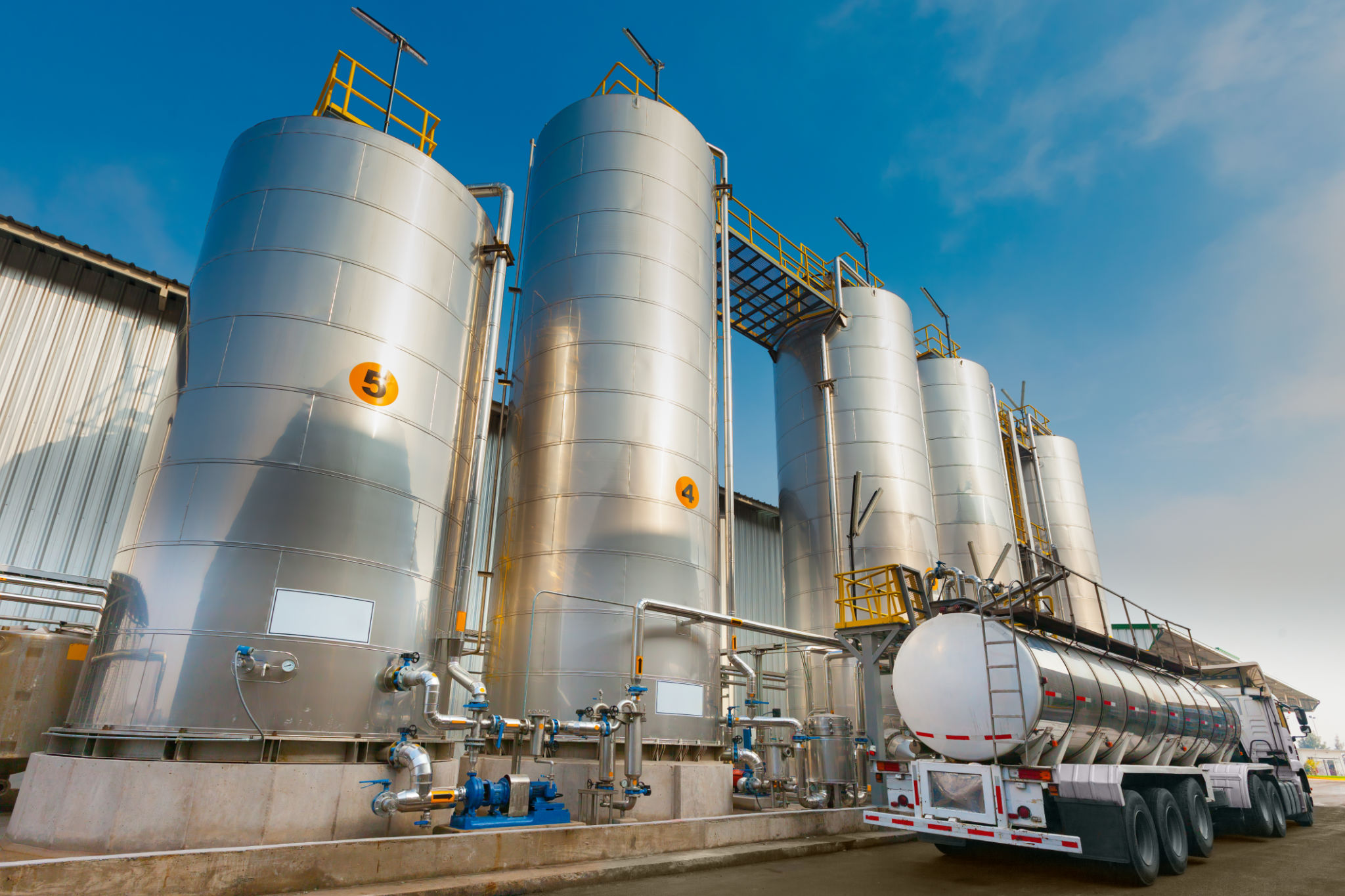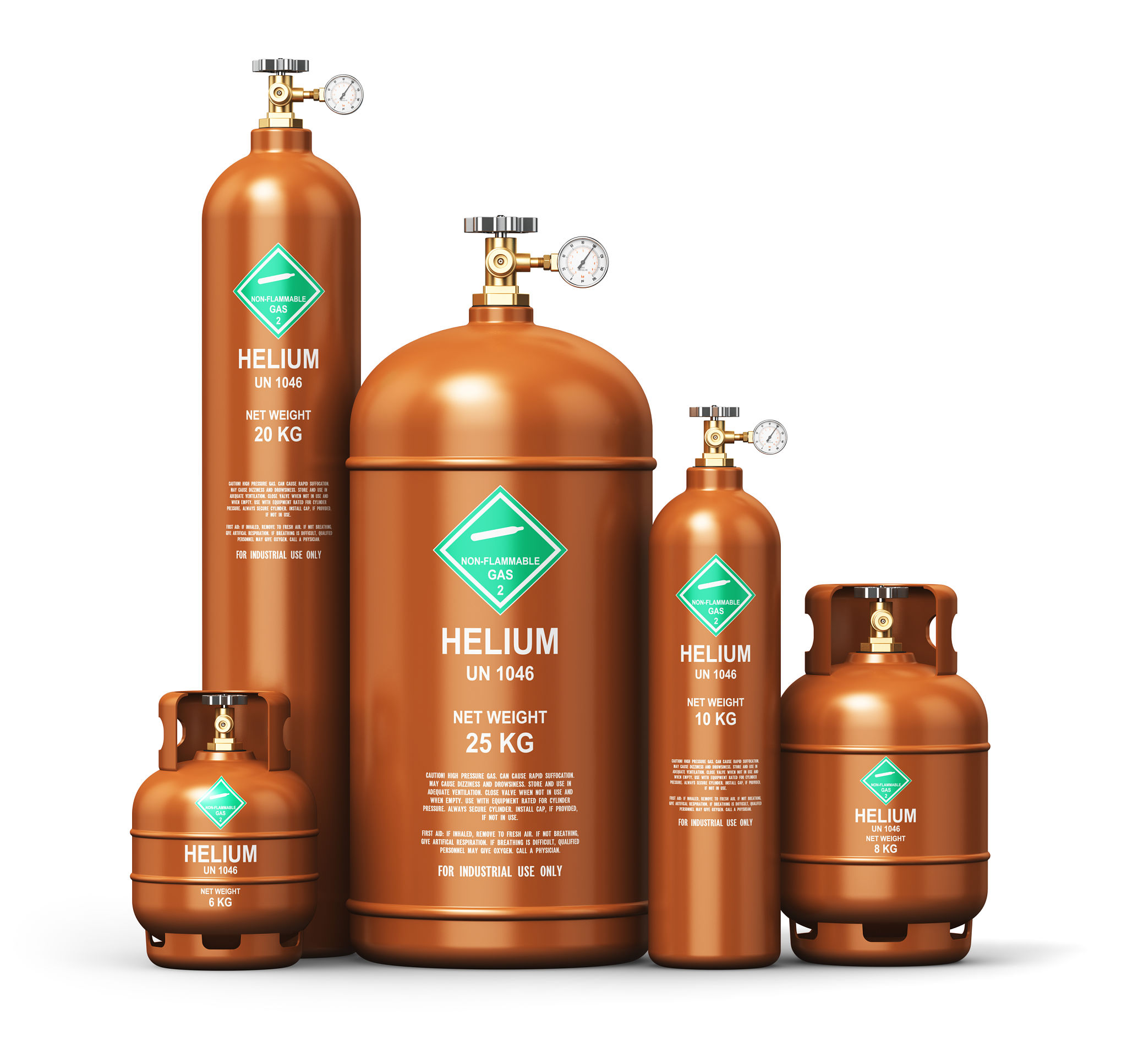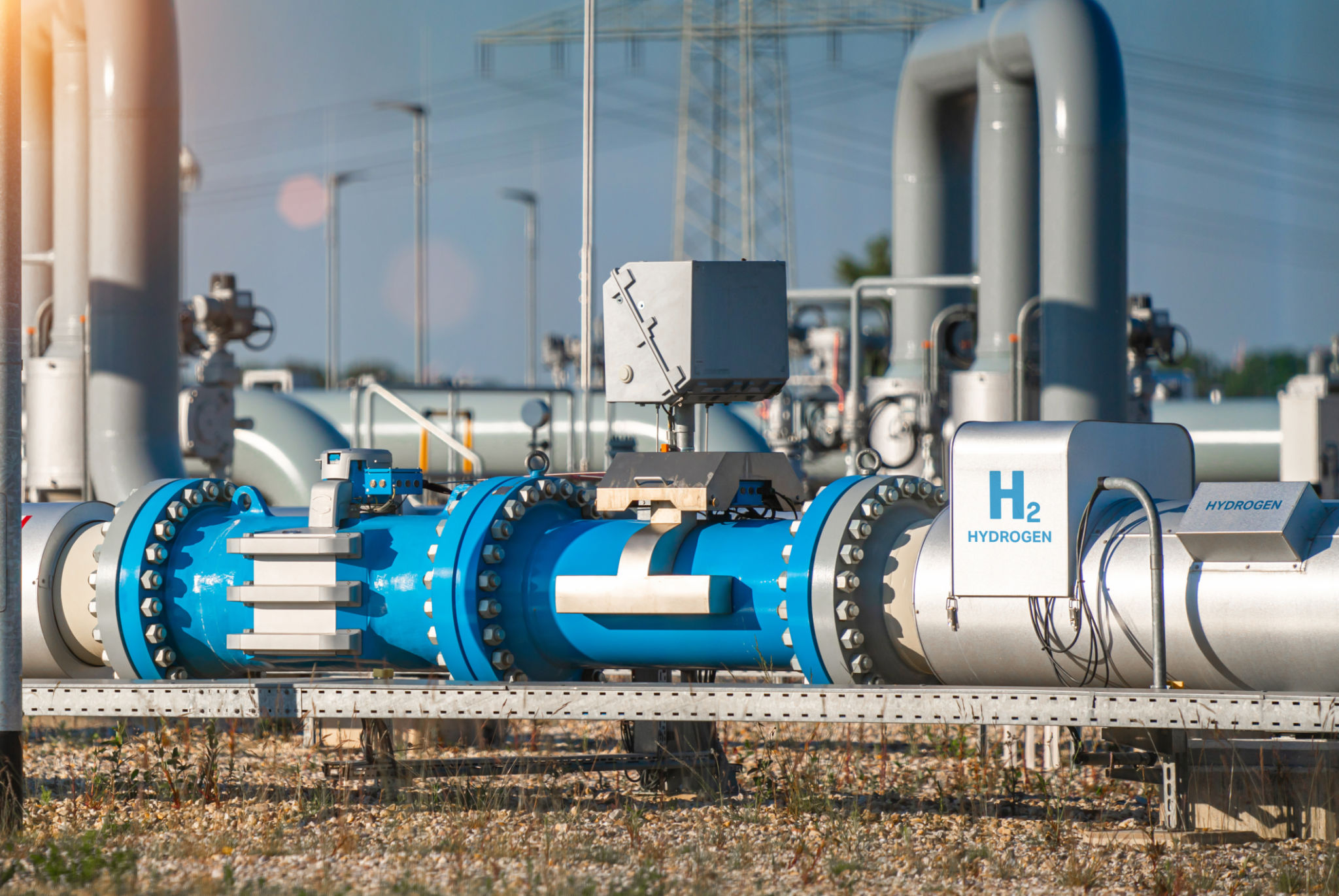Understanding the Different Types of Industrial Gases and Their Uses
Introduction to Industrial Gases
Industrial gases play a crucial role in various sectors, providing essential functions that facilitate manufacturing processes, medical applications, and energy solutions. These gases are produced and supplied in gaseous or liquid form, each having unique properties and uses. Understanding the different types of industrial gases and their applications can help industries optimize their processes effectively.

Common Types of Industrial Gases
There are several types of industrial gases, each serving distinct purposes. Among the most common are oxygen, nitrogen, argon, carbon dioxide, and hydrogen. These gases are widely used across different industries, from healthcare to petrochemicals.
Oxygen is essential for combustion processes and is used in steelmaking, welding, and even medical applications. Nitrogen, on the other hand, is known for its inert properties, making it ideal for protecting materials from oxidation during manufacturing processes.
Specialty Gases and Their Uses
Beyond the common industrial gases, there are specialty gases that cater to niche applications. These include helium, acetylene, and sulfur hexafluoride. Helium is renowned for its low density and is used in applications such as MRI machines and as a protective gas in fiber optics manufacturing.

Acetylene is widely used in welding and cutting operations due to its high flame temperature, while sulfur hexafluoride is utilized as an insulating gas in high-voltage electrical equipment. Each of these gases offers specific properties that make them indispensable in their respective areas.
The Role of Industrial Gases in Sustainability
Industrial gases also contribute significantly to sustainability efforts. For example, carbon dioxide is used in food and beverage industries for carbonation and refrigeration. It is also captured and reused in various processes to reduce carbon footprints.
Hydrogen is emerging as a key player in sustainable energy solutions. It can be used as a clean fuel source, producing only water vapor when combusted. This makes hydrogen an attractive option for reducing greenhouse gas emissions in sectors such as transportation and power generation.

Safe Handling and Storage of Industrial Gases
The handling and storage of industrial gases require careful consideration to ensure safety. Gases must be stored in appropriate containers under controlled conditions to prevent leaks and potential hazards.
- Ensure proper ventilation in storage areas.
- Regularly inspect cylinders for damage or leaks.
- Use appropriate protective gear when handling gases.
Proper training for personnel involved in the handling of these gases is also essential to minimize risks associated with their use.
Conclusion
Understanding the different types of industrial gases and their uses is vital for industries aiming to enhance efficiency, safety, and sustainability. These gases are integral to numerous processes across various sectors, from manufacturing and healthcare to energy production. By leveraging their unique properties, industries can optimize operations while contributing to environmental conservation efforts.
